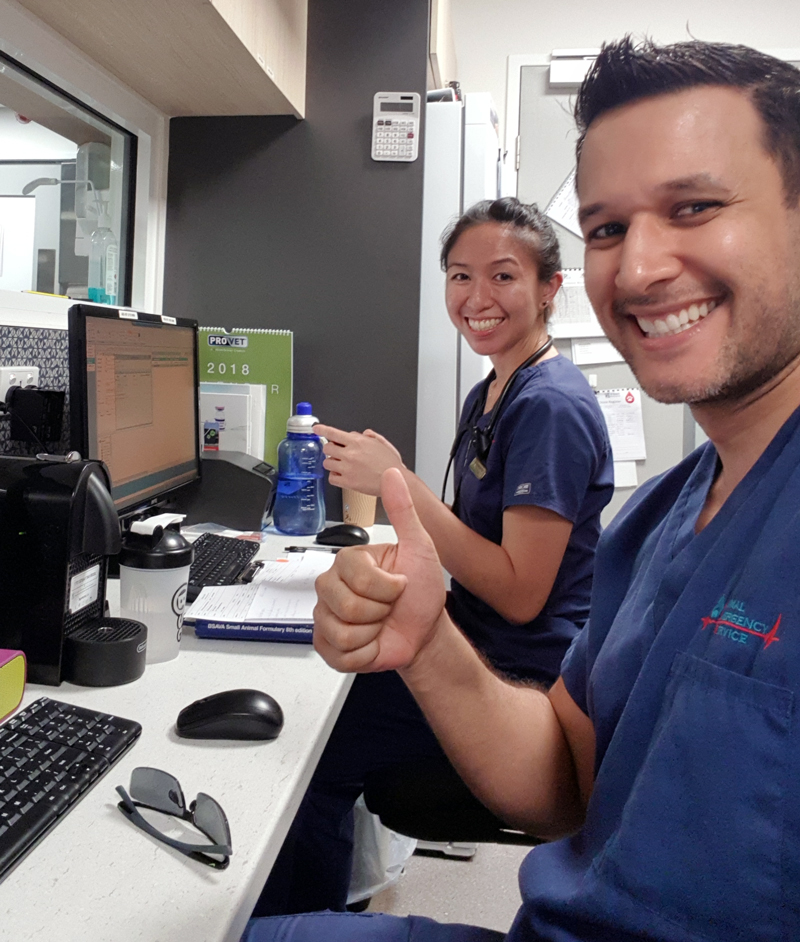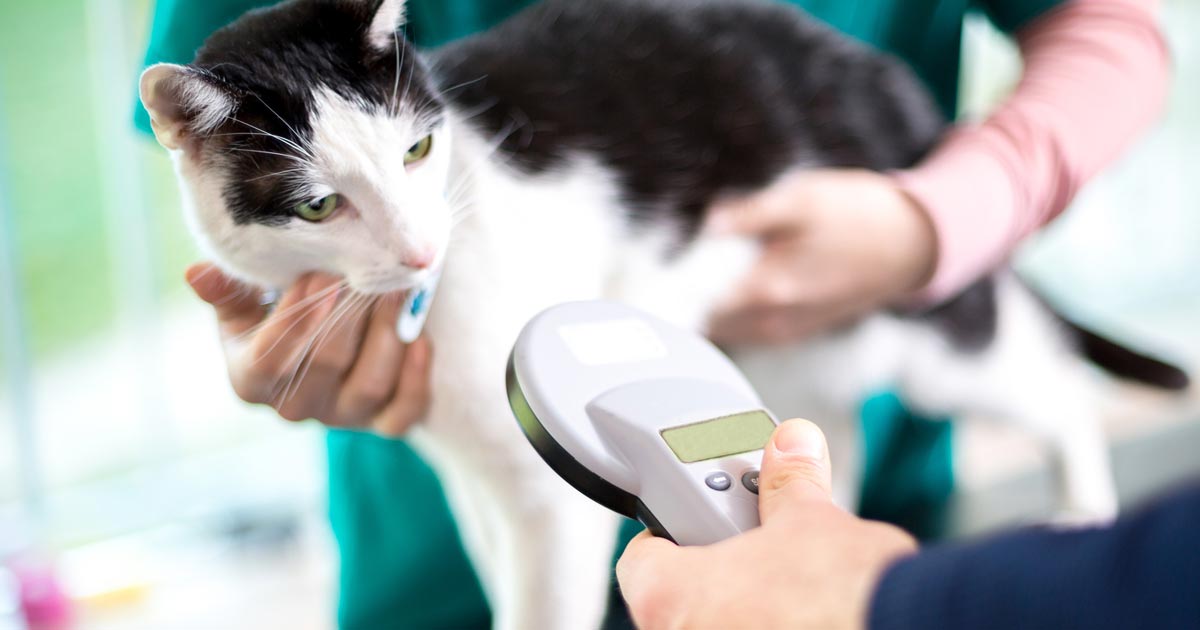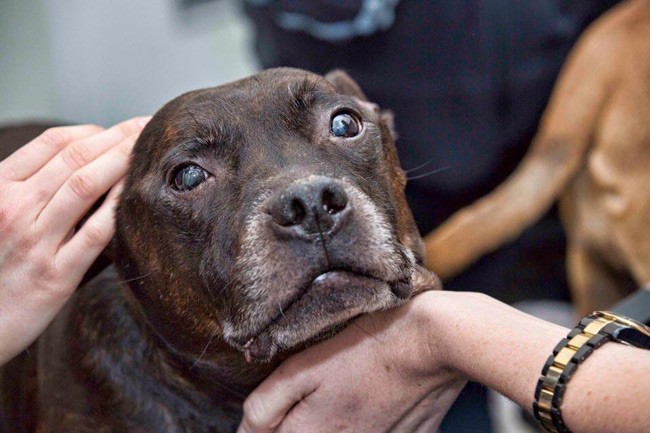How often do you hear people say “I will start it in the new year” or “next year I will start this”? Well I don’t believe in New Year’s resolutions as there is no benefit in waiting four weeks to start, change or act on something you can be doing now.
In essence, waiting is either due to fear, procrastination or poor planning – none of which will help you move forward. Most businesses are already getting in the festive spirit and starting to wind down; however, I believe finishing the year strong, and as you mean to go on, is much more beneficial. If you start to make plans, prioritise and take action before the end of the year, you will end 2018 strong and focused, which means in January the pathway to success won’t be as steep or as hard to climb as you’ll be halfway there.
A big part of my role as a director at Animal Emergency Service is making sure the company continues to move forward, evolve and grow. Three weeks before the busiest time of the year the leadership teams are working hard and moving towards our one year goals we aim to complete by March 2019. We have been chipping away at them for nine months and we can’t stop now.
So, here are three ways that can help you and your practice end 2018 strong.
Let go

Everything that has happened, or not happened this year, is in the past and cannot be changed. Whatever decisions or choices you made have bought you exactly to this point in your life.
Maybe you haven’t made the progress you were hoping for as a practice, in your role or as a team. It is time to forgive and forget, hold your head high, and focus on what’s next. It often helps to list the things you and your team have achieved over the year; this can help put things into perspective.
Plan now
Don’t wait until January to address things or plan for the year. If you wait, by the time you begin to take action or complete anything, you will be well into February or March. Create a list of priorities now. Ask yourself:
- What do you want 2019 to look like for you?
- As a team what you do you want 2019 to look like?
- What do you want to achieve as a practice?
- What did you learn from 2018?
- What is one big thing you want to complete in 2019 that will move your team or practice forward?
Examples could be renovating the reception area, raising funds for new equipment, starting a staff-mentoring programme or a client-focused initiative. Next, ask yourself:
- What are six major steps or milestones you need to reach along the way to achieve it?
Breakdown and create a plan based on those six steps/milestones then pick three things you can take action on before the end of the year, so you can start the new year with momentum. Even the smallest steps will be pushing you and your team in the right direction.
Focus your time and efforts
Without a doubt this is a distracting time of year, so it’s more important to focus on what you can do to setup the beginning of 2019 for success. Prioritise and schedule in time to tick those three important tasks off your list before the end of the year. By laying the groundwork now, you will be setting the tone for a positive start in January, and a driven and focused team environment.
Christmas is also a time for family, friends and fun, and taking time out, but imagine how much more enjoyable it will be if you feel accomplished and fulfilled because you have already had movement forward on what is important to you. The team will feel a great morale boost when they see and feel they are moving towards tackling something they always wanted to achieve.










